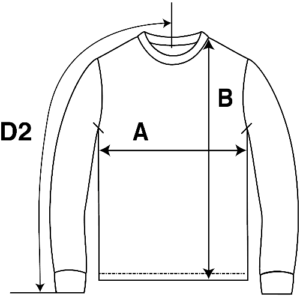Cybersecurity Enthusiast’s “Word of Hacking” Tech Culture Sweatshirt
Unisex Hoodie
Immerse yourself in the language of cybersecurity with our “Word of Hacking” sweatshirt. This unique piece is perfect for hackers, infosecurity professionals, coders, and anyone passionate about digital security and tech culture. Featuring a bold vertical graphic of hacking terms such as BREACH, EXPLOIT, PAYLOAD, TROJAN, VICTIM, and EXPOSE, this hoodie pays tribute to the complex world of cyber warfare and digital defense.
A hoodie that speaks volumes in the language of cyber intrigue. The heavy, blocky font with distressed, glitch-like effects evokes a rugged, digital aesthetic that cyber enthusiasts and fashion-forward techies will appreciate.
Product Description:
Stay warm and comfortable with our unisex heavy blend hoodie. Made from a thick cotton-polyester blend, it combines softness with durability for everyday wear. Features include ribbed cuffs and waistband for a snug fit, and a double-lined hood adding style and comfort. This pullover style hoodie is both simple and impactful, perfect for those who want to express their passion for cybersecurity in their wardrobe.
Product Features:
- 50% cotton and 50% polyester blend: Designed for comfort, warmth, and durability.
- Medium-heavyweight fabric (8.0 oz/yd²): Ideal for cooler days and layering.
- Classic fit: Provides room for movement without bulk.
- Tear Away Label: Ensures itch-free comfort.
- Double-lined hood: Adds durability and style.
- Runs True to Size: Reliable fit for everyday wear.
Join the ranks of digital defenders and hackers alike. Elevate your streetwear with a hoodie that decodes the language of cyber threats in style. The Word of Hacking is for those who know the stakes and wear their tech pride boldly.












